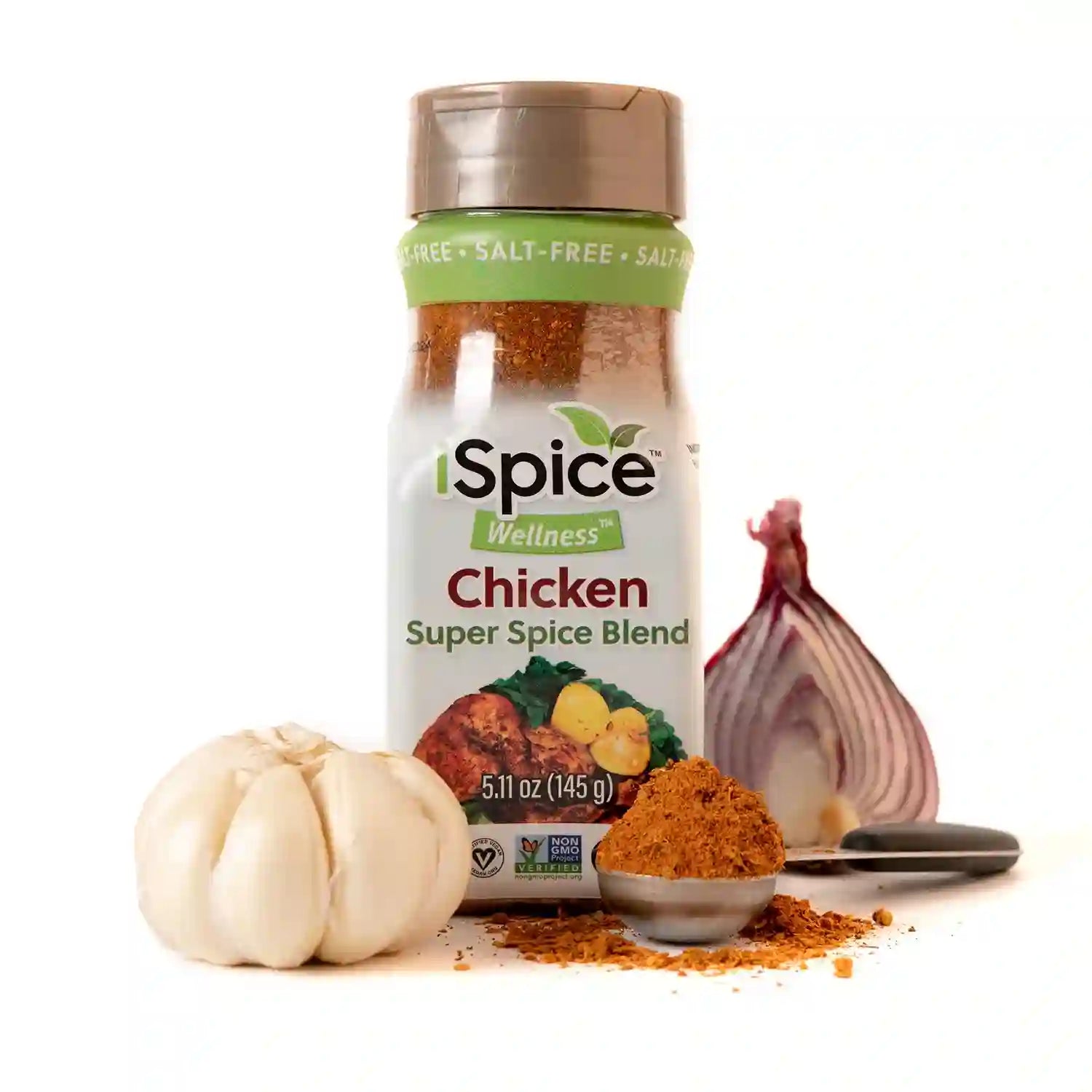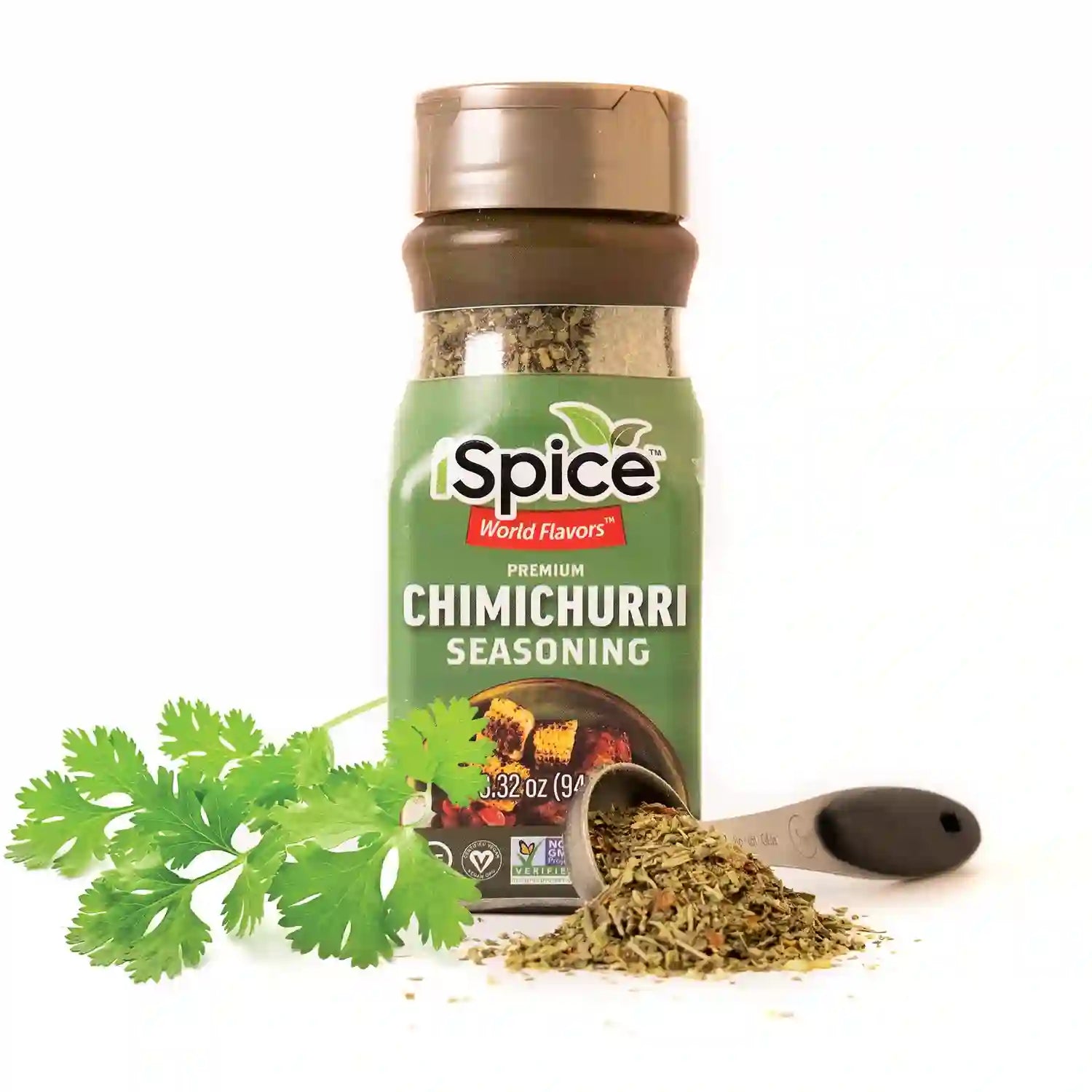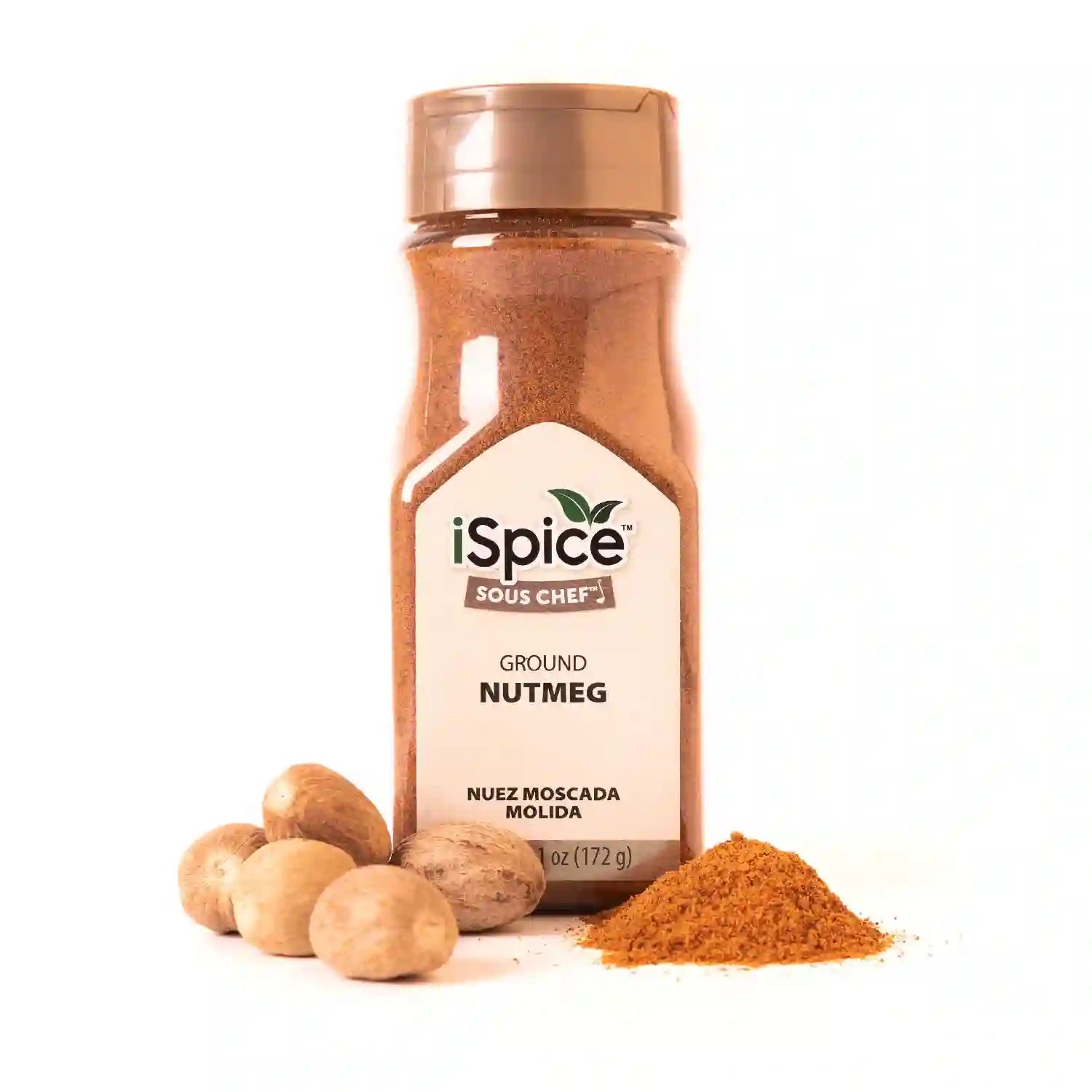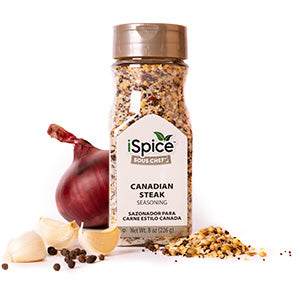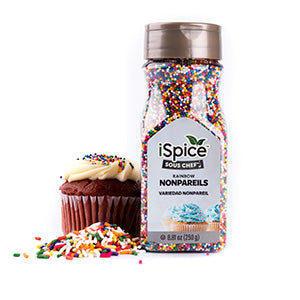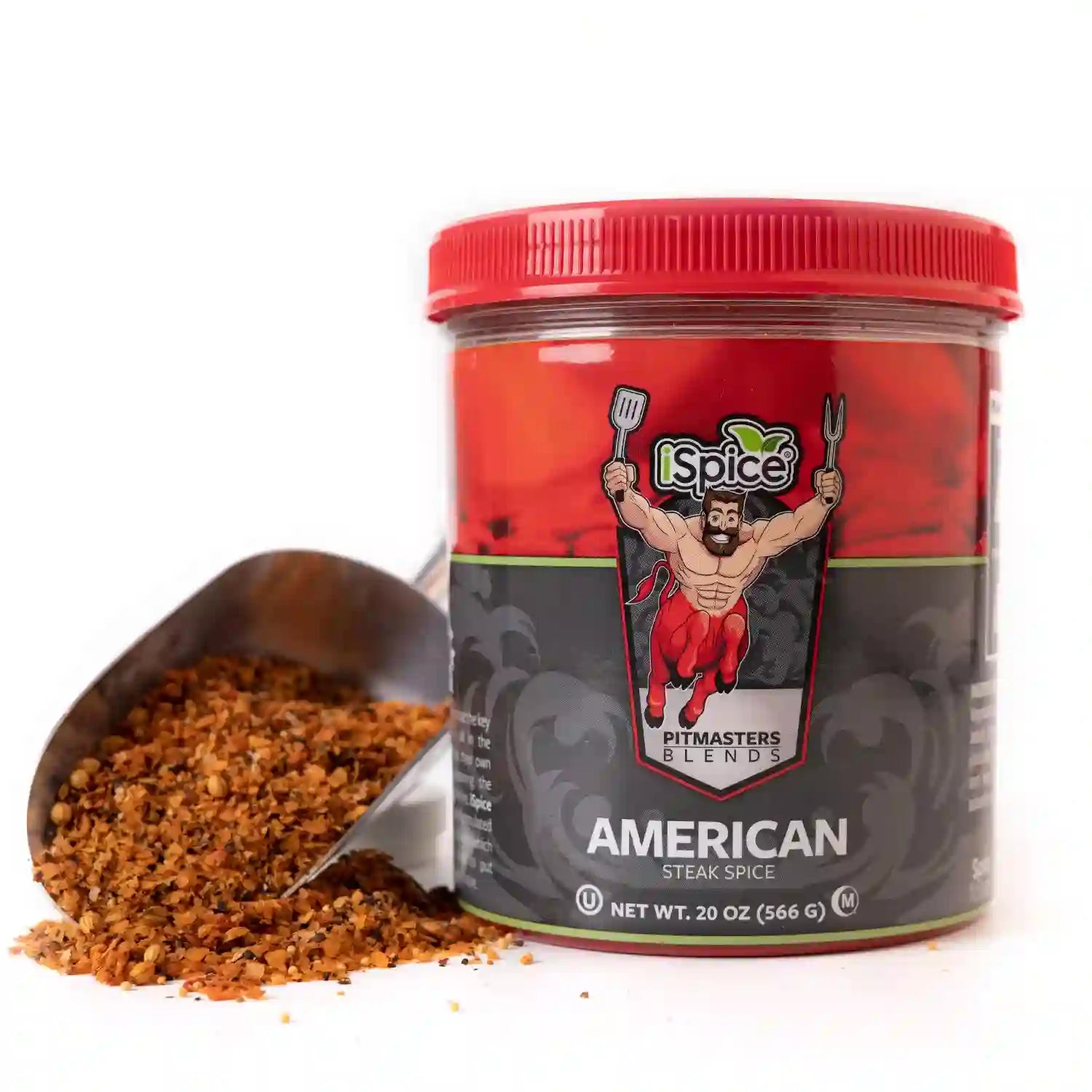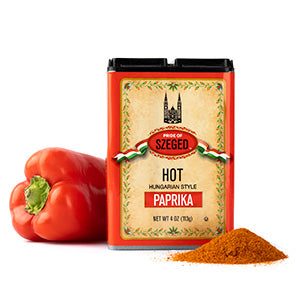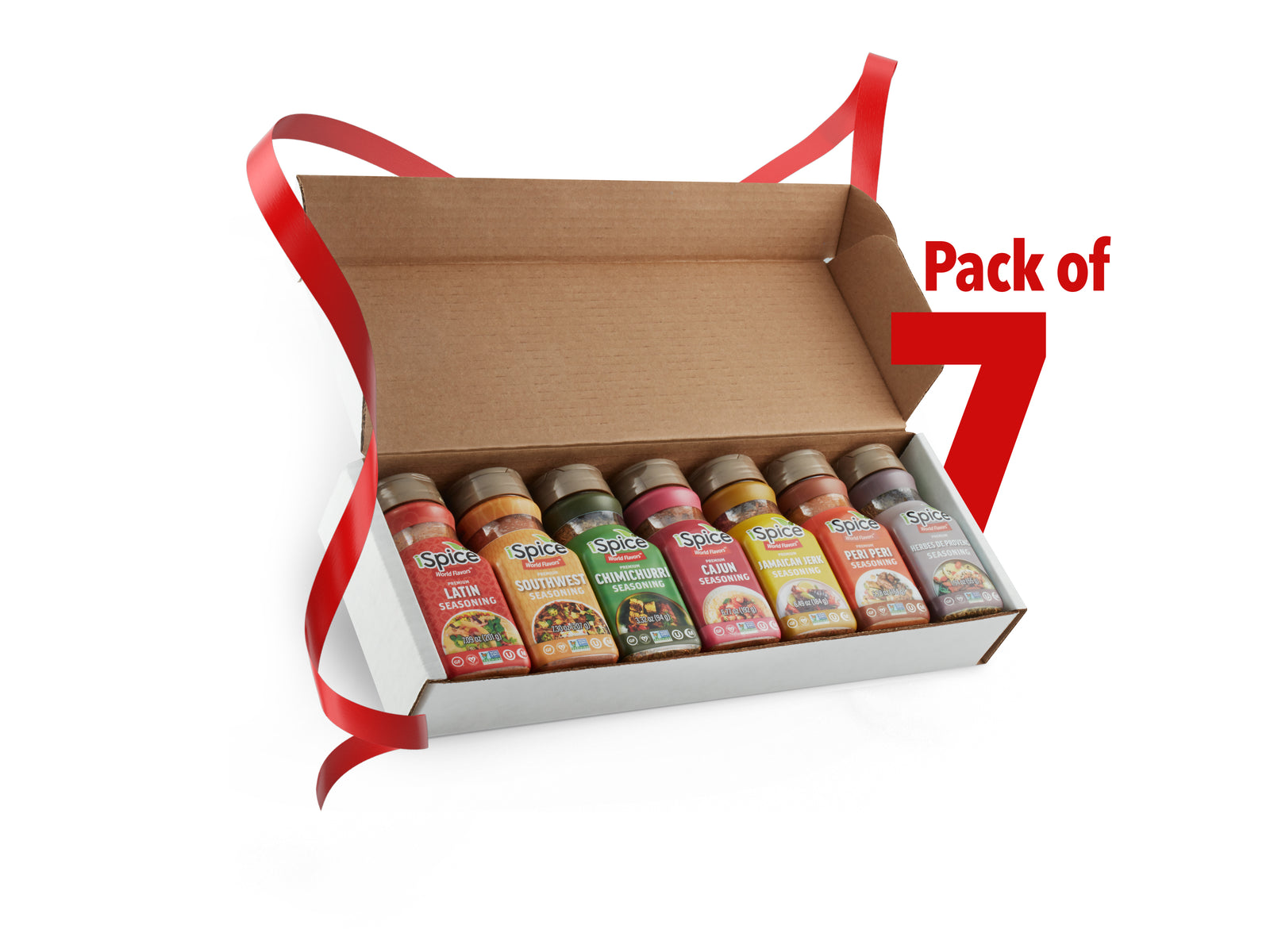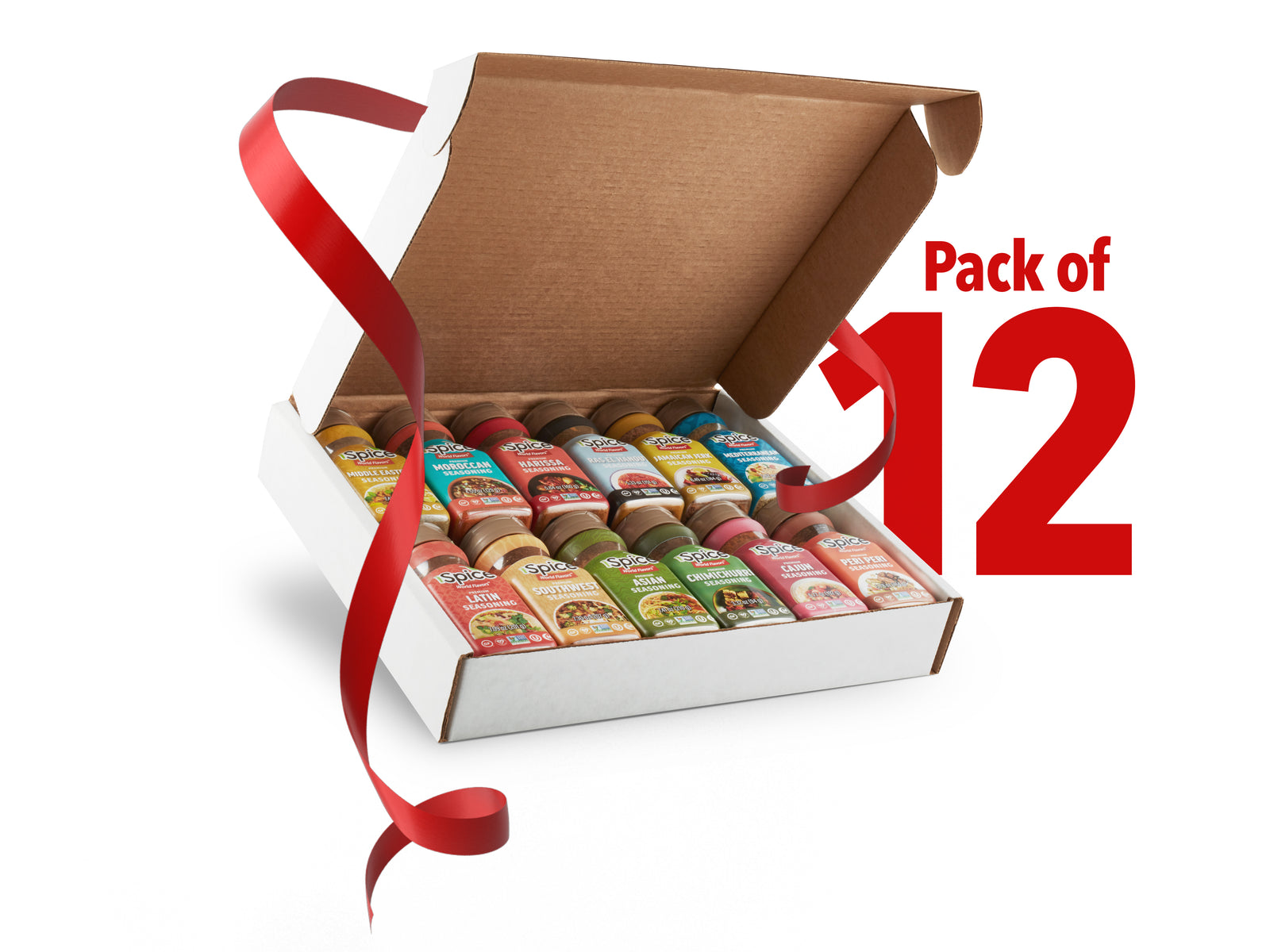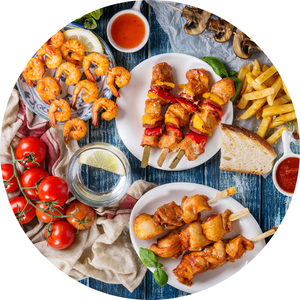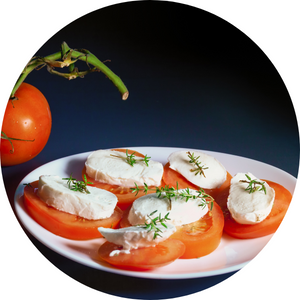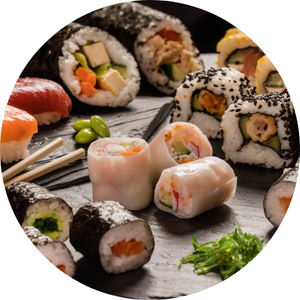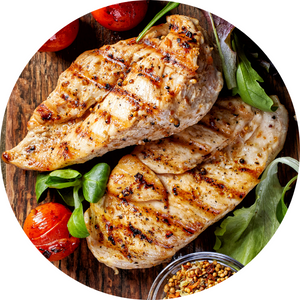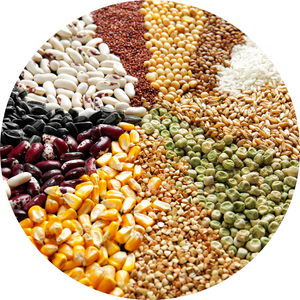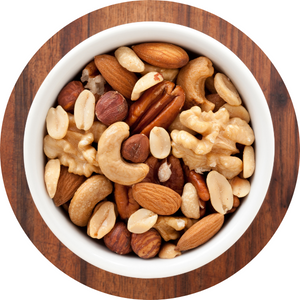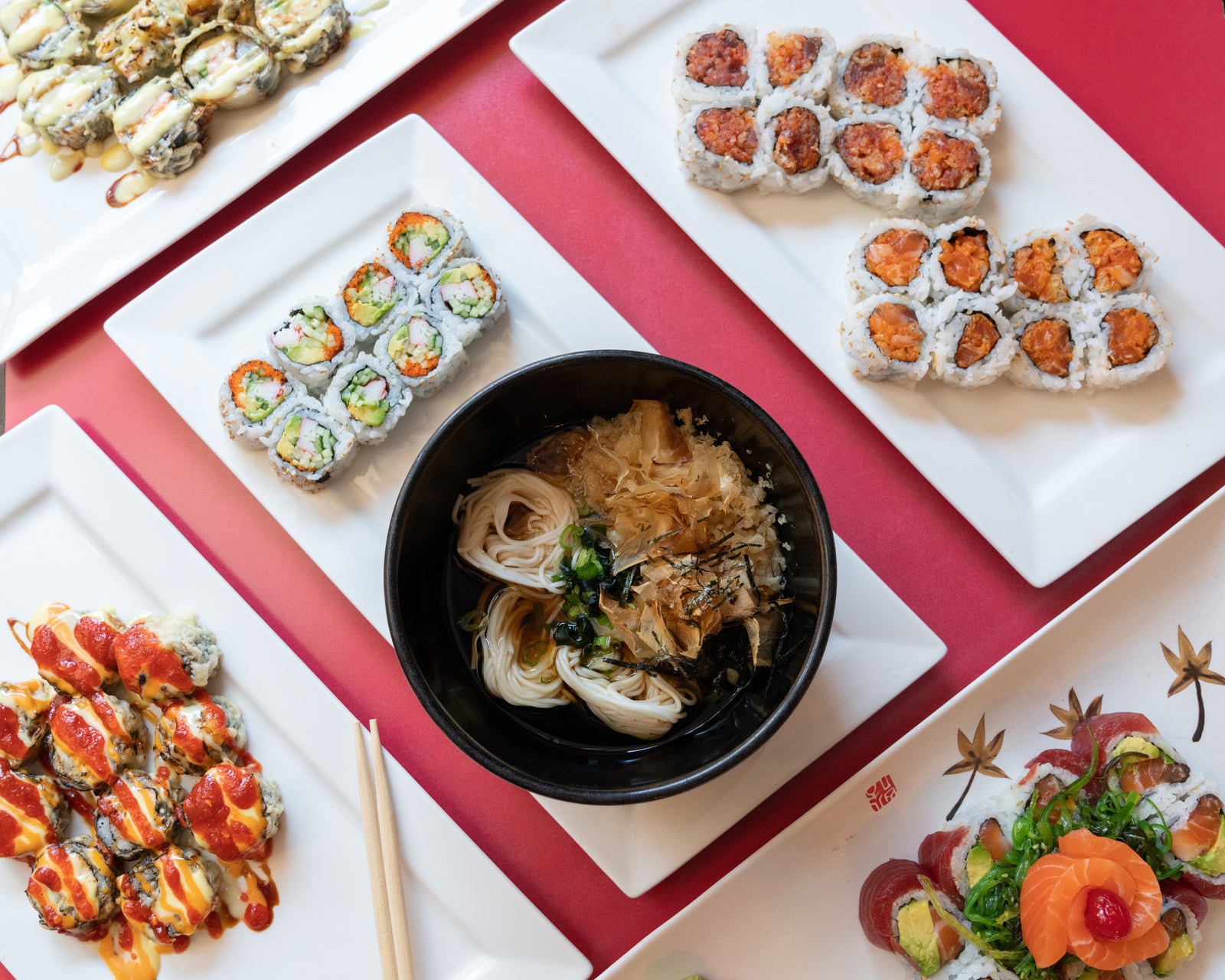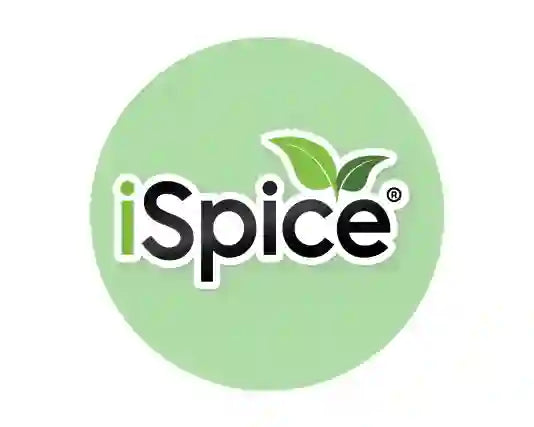
Barbecue traditions span continents, each culture adding its own distinct spice combinations and cooking methods. From the smoky backyards of Texas to the street grills of Korea, spice is what unites global barbecue flavors. Understanding regional spice traditions helps you recreate authentic, world-inspired BBQ experiences right at home.
American BBQ: Bold and Smoky
Signature flavors: Paprika, chili powder, garlic powder, brown sugar, and black pepper.
American barbecue focuses on smoky depth and sweet-spicy balance. In the South, rubs often include brown sugar and paprika for caramelized bark, while Texas styles lean on black pepper and cayenne for heat. Hickory, oak, and mesquite wood are common for that signature smoke flavor.
Caribbean BBQ: Spicy and Aromatic
Signature flavors: Allspice, thyme, cinnamon, nutmeg, and Scotch bonnet pepper.
Caribbean barbecue — known locally as “jerk” — blends bold spices with aromatic herbs. The famous jerk seasoning from Jamaica combines sweet and fiery elements that coat meats like chicken or pork before slow grilling over pimento wood.
Middle Eastern BBQ: Earthy and Fragrant
Signature flavors: Cumin, coriander, turmeric, cardamom, and sumac.
Middle Eastern grilling traditions focus on earthy warmth and balanced aromatics. Kebabs and lamb skewers are seasoned with blends like baharat or shawarma spice, often paired with yogurt or olive oil before grilling over charcoal for a deep, rich crust.
Indian BBQ (Tandoor Style): Spiced and Charred
Signature flavors: Garam masala, turmeric, coriander, ginger, and chili powder.
Tandoori grilling uses a clay oven to achieve high heat and smoky flavor. Meat, fish, or paneer is marinated in a mixture of yogurt, lemon juice, and spice blends. The heat seals the marinade, creating a vibrant, flavorful crust that defines Indian barbecue.
Korean BBQ: Sweet and Savory
Signature flavors: Soy sauce, sesame oil, garlic, ginger, and black pepper.
Korean barbecue emphasizes balance between sweetness and savoriness. Marinades for beef or pork combine soy sauce with garlic and sesame oil, creating a glossy finish on the grill. Spice pastes like gochujang add depth and heat for a bold, umami-rich profile.
Mediterranean BBQ: Fresh and Herbaceous
Signature flavors: Oregano, rosemary, thyme, lemon zest, and black pepper.
Mediterranean barbecue centers on fresh herbs and bright citrus. Olive oil and lemon juice act as natural flavor carriers, keeping grilled meats, seafood, and vegetables light yet aromatic. Simplicity and freshness define this regional approach.
Tips for Exploring Global Spice Traditions
-
Combine local ingredients with authentic spice blends to create fusion barbecue dishes.
-
Experiment with different wood types to match each spice profile.
-
Always balance spice intensity with the natural flavor of your protein or vegetables.
FAQ
Q1: What makes each region’s barbecue unique?
The combination of spices, cooking methods, and heat sources defines each BBQ tradition. For example, American barbecue focuses on smoke, while Caribbean and Indian styles emphasize layered spice blends.
Q2: Can I mix global spice traditions in one recipe?
Yes. Fusion cooking lets you combine flavors — like using a Mediterranean herb rub on smoked pork or adding a Korean-style glaze to American ribs.
Q3: Do all barbecue rubs need sugar?
Not always. Some regions, like the Middle East, favor earthy, savory rubs without sugar, while American barbecue often includes brown sugar for caramelization.
Q4: Which spices work best for high-heat grilling?
Paprika, cumin, garlic powder, and black pepper handle heat well. Avoid delicate herbs like basil or parsley until the final stage of cooking.
Q5: How can I make my own global spice rub at home?
Start with a neutral base (salt, black pepper, paprika), then layer region-specific ingredients — like allspice for Caribbean flavor or coriander for Middle Eastern style.

